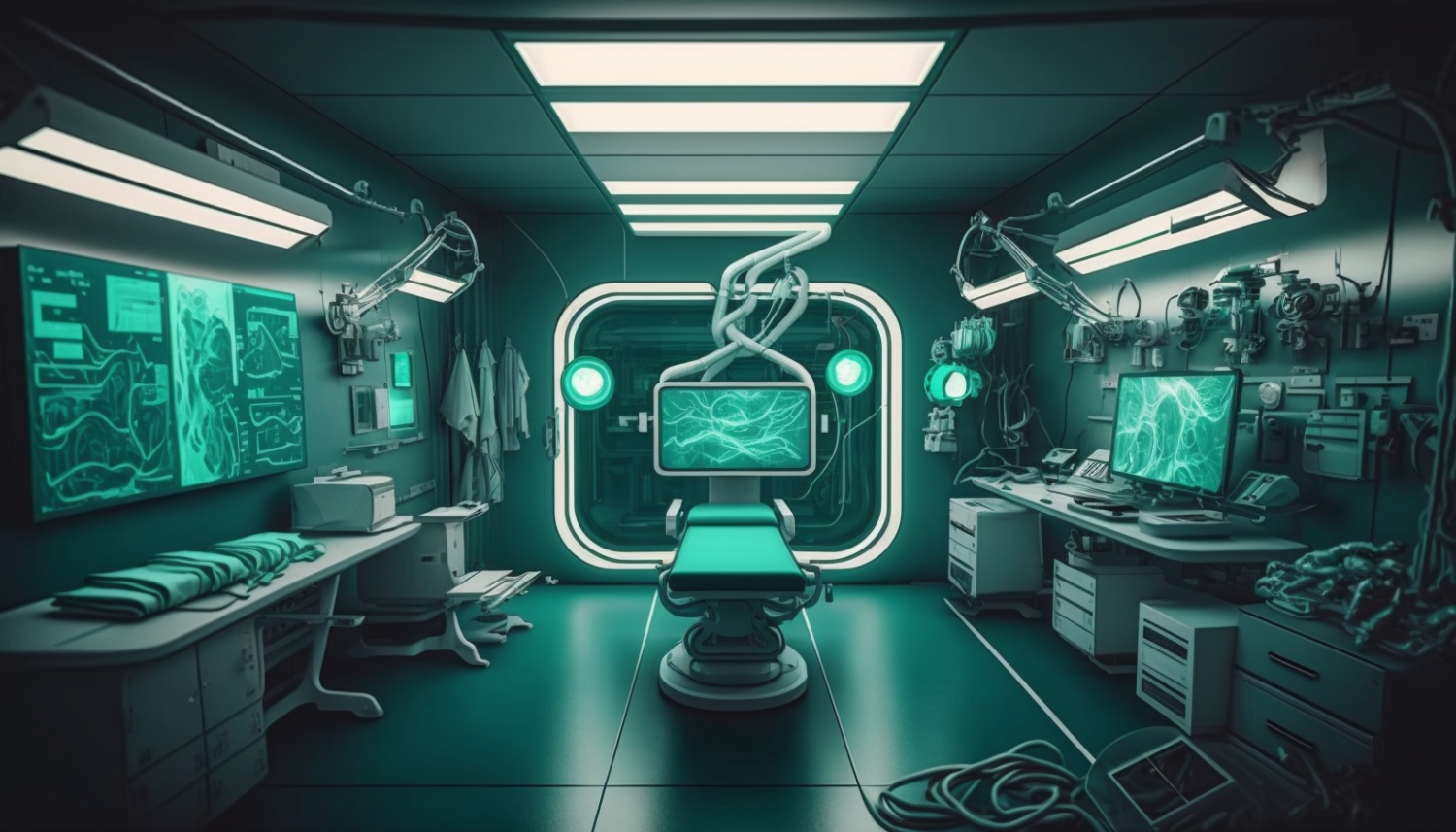
Source: Elisa Miunoz, Builder Nation
The gap between health and robotics keeps shrinking as technological developments in robotics and artificial intelligence (AI) continue to shape healthcare’s future. The intersection of these technologies has already revolutionized the way healthcare is delivered, making it more efficient, accurate, and patient-centered.
We’ll dive into the current state of health and robotics, explore the advantages of integrating AI and Robotics in healthcare, the adoption challenges of this technology, and its future, still untapped potential.
The Advancements in Robotics and AI Technology:
Over the past few decades, significant advancements have been made in robotics and AI. The development of advanced sensors, algorithms, and machine learning have paved the way for the creation of intelligent robots that can perform complex tasks with precision. In the healthcare industry, these advancements are used to develop innovative solutions that can improve patient outcomes, reduce costs, and increase efficiency.
One of the most notable applications of robotics and AI in healthcare is surgical procedures. Robotic surgical systems, such as the Da Vinci robot, have been developed to enhance the precision and accuracy of surgical procedures. These systems use advanced robotics and imaging technologies to give surgeons greater control over the process, allowing them to perform complex surgeries with greater precision and accuracy.
Another area where robotics and AI have a significant impact is in the field of telemedicine. With the rise of connected devices, such as wearable technology and remote monitoring systems, healthcare providers can now monitor patients from a distance, providing care and support when and where needed. The use of AI-powered virtual assistants and chatbots is also helping to improve the patient experience, making it easier for patients to access the information and support they need.
The Emergence of Connected Devices in Healthcare:
Connected devices play an increasingly important role in healthcare, providing patients with greater access to care and support and enabling healthcare providers to monitor patients in real-time. In addition, wearable technology, such as fitness trackers and smartwatches, is helping patients to track their health and wellness, providing healthcare providers with valuable data that can be used to improve patient outcomes.
Telemedicine is another area where connected devices have a significant impact. With telemedicine, patients can consult with healthcare providers from their homes, reducing the need for face-to-face appointments and increasing access to care. This is particularly important in remote and underserved communities, where access to healthcare can be limited.
The Advantages of Integrating Robotics and AI in Healthcare:
Integrating robotics and AI in healthcare can bring numerous benefits, including increased accuracy and efficiency, improved patient outcomes, and reduced costs. As a result, healthcare providers can focus on providing high-quality patient care by automating repetitive and time-consuming tasks, such as data entry and analysis. The use of robotics and AI also has the potential to reduce the risk of medical errors, improving patient safety and increasing patient confidence in the healthcare system.
Challenges and Limitations in the Adoption of Robotics and AI in Healthcare:
While integrating robotics and AI in healthcare offers numerous benefits, several challenges and limitations must be overcome. One of the biggest challenges is the cost of technology, which can be prohibitively expensive for many healthcare providers, particularly in low-income and rural communities. There are also concerns about the impact of robotics and AI on healthcare jobs, with some worried that these technologies will lead to job loss and a reduced workforce.
Another challenge is the need for standardized protocols and regulations, as they currently need to be more precise guidelines on how these technologies should be used in healthcare. This can lead to consistency in their implementation and use and pose potential risks to patient safety. Furthermore, there is a need for investment in research and development to advance these technologies further and ensure they are safe and effective for use in healthcare.
Additionally, there are privacy and security concerns associated with the use of connected devices and the storage of sensitive medical data. Ensuring that patient data is protected and secure is essential for building trust in these technologies and their widespread adoption.
Despite these challenges, the healthcare industry is continuously working to overcome these limitations and realize the full potential of robotics and AI. By investing in technology, research, and education, healthcare providers can help to ensure that these technologies are used effectively and responsibly.
The Future of Robotics and AI in Healthcare:
The integration of robotics and AI in healthcare has the potential to transform the industry profoundly. These technologies could significantly improve patient outcomes, reduce costs, and enhance care delivery.
For example, robotics and AI could streamline surgical procedures, reducing the need for manual labor and minimizing the risk of human error. They could also significantly improve the accuracy and speed of diagnoses, making it easier for healthcare providers to identify and treat conditions early.
Healthcare providers, policymakers, and patients can prepare for this transformation by staying informed about the latest developments in the field and actively participating in discussions about how these technologies should be used in healthcare. Additionally, by investing in education and training programs, healthcare providers can ensure they have the skills and knowledge needed to integrate robotics and AI into their practice effectively.
The intersection of health and robotics offers tremendous potential for improving patient outcomes, reducing costs, and enhancing care delivery. While some challenges and limitations must be overcome, the healthcare industry is continuously working to realize the full potential of these technologies. By staying informed and participating in discussions, healthcare providers, policymakers, and patients can help ensure that the integration of robotics and AI in healthcare is successful.
In conclusion, integrating robotics and AI in healthcare can be a game-changer, improving patient outcomes, reducing costs, and enhancing care delivery. It is an exciting time for the industry, and we can expect continued advancements and growth in this area.
Source: Elisa Miunoz, Builder Nation